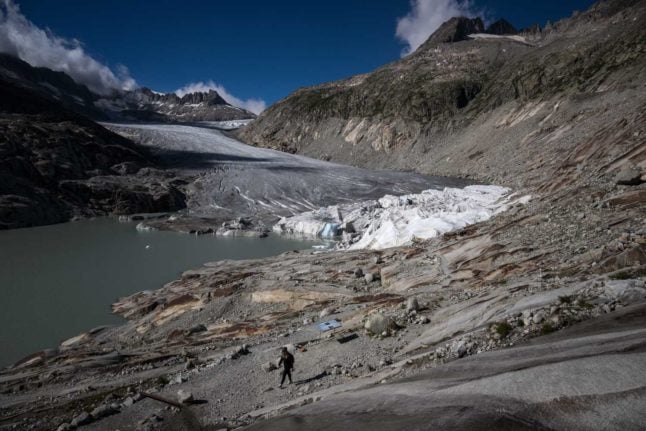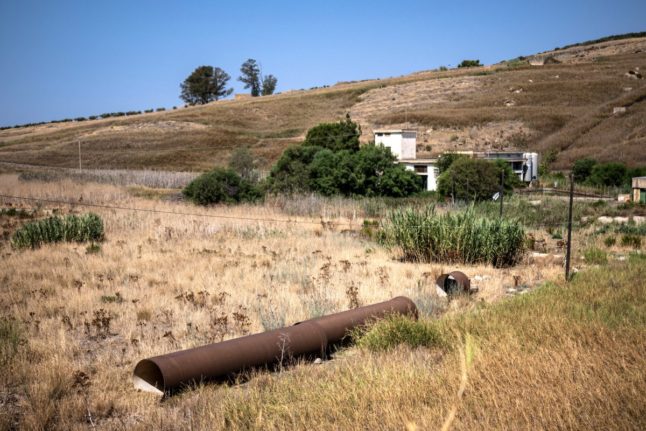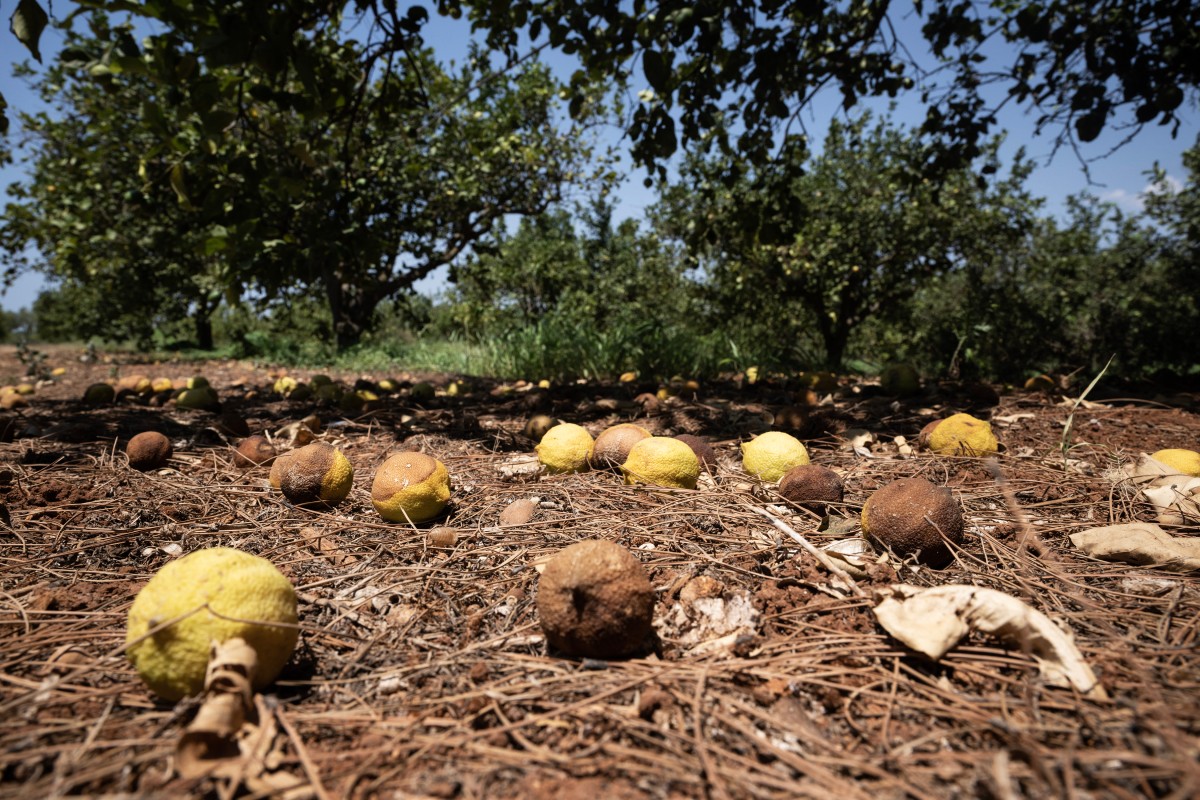Receding glaciers, which are now shrinking at a faster rate than before, are re-defining borders between Switzerland and Italy.
The border between Italy and Switzerland runs for 800.2 kilometres, much of which is mountainous.
Parts of it run along glaciers which have formed part of the landscape for generations, but are now melting.
For instance, melting snow and ice on and around the famed Matterhorn, which straddles both countries, is literally moving the borders.
How are the borders changing?
Alain Wicht, who is in charge of national border layouts at the Federal Office of Topography (Swisstopo), said it remains to be seen what the long-term implications are of the changes.
Around two-thirds of Switzerland’s 7,000lm-long border is made up of natural borders, such as lakes, glaciers, rivers and mountains.
At present, Switzerland has not seen a net loss or a net gain of territory.
“In some places, Switzerland has gained territory and in others it has lost it.”
However, in the future, it appears Switzerland is set to grow.
Unlike administratively drawn borders, these can move when the land in question moves, i.e. in in the instance of landslides, a river shrinking or changing course – and the melting of glaciers.
Pursuant to international law, when artificial borders are redrawn, a country cannot gain or lose territory – i.e. they must receive some additional territory to compensate for a loss.
This is not the case with natural borders, which can see a country gain territory when the natural feature representing the border moves.
According to Swiss tabloid Blick, melting glaciers will see Switzerland gain more land.
“Overall, however, Switzerland should benefit from climate change, at least in terms of territory gains.”
“Glaciers are mainly found on the northern slopes. If they melt, the watershed line moves south. The surface of Switzerland will therefore increase.
What do the shifts mean for Switzerland?
This drift has logistical and practical implications, according to Wicht.
READ MORE: Why Switzerland’s glaciers are melting faster than usual this summer
For instance, “when an accident occurs, the question arises as to which country is responsible. And when train lines or roads cross the Alps, it should be clear whether they should stick to Italian or Swiss regulations for their construction and maintenance”.
The shift also affects the Testa-Grigia hut above Zermatt, according to a report in Blick on Sunday.
The glacier surrounding the refuge has melted heavily in recent years.
Switzerland and Italy must agree on the location of the border to determine which country administers the hut.
There are also VAT implications depending on which country the hut is deemed to be in.




 Please whitelist us to continue reading.
Please whitelist us to continue reading.
Member comments